
The Ultimate 3 Days 2 Nights Camiguin Itinerary 2025 Planning a trip to Camiguin in 2025? This comprehensive 3 Days...
Published on August 13, 2025.
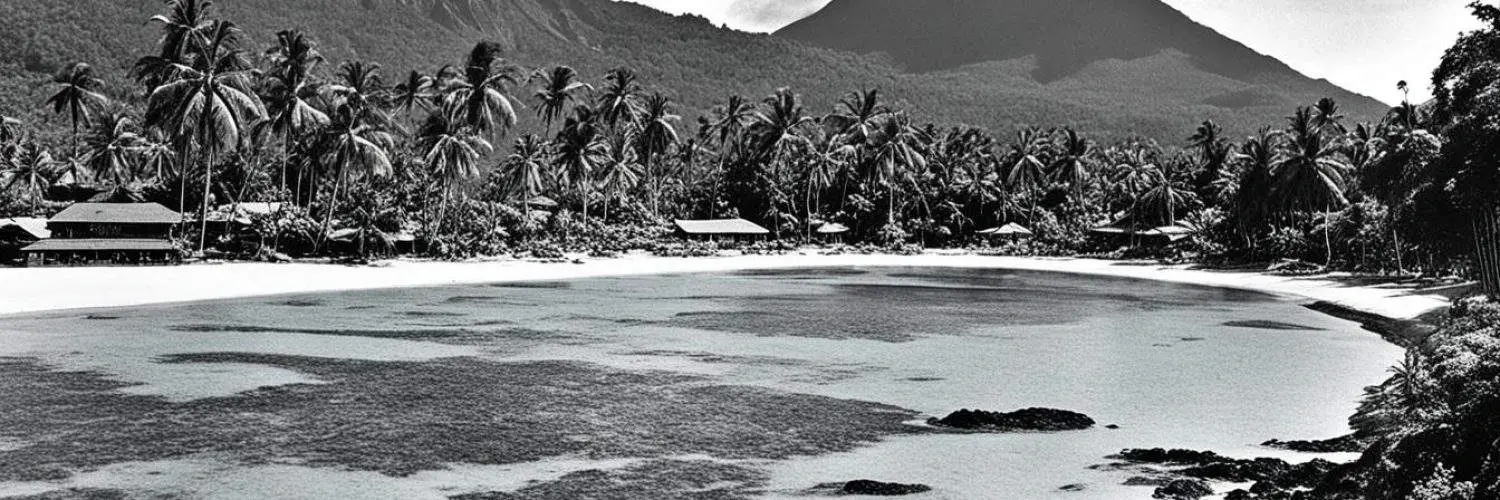
Camiguin Island’s story dates back to the early 1500s, when Spanish explorers arrived, drawn by its rich natural resources. These explorers named the island after the native Kamigin tree, which was once abundant across the region at the time.
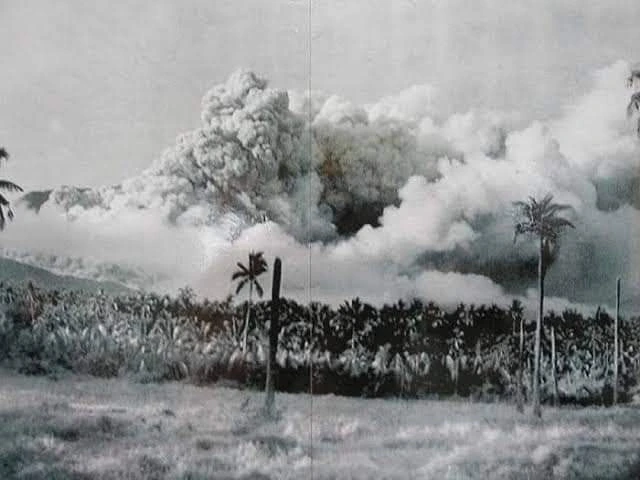
In 1871, Mount Hibok-Hibok erupted violently, destroying the beautiful island of Camiguin. This was Mount Hibok-Hibok’s first major and documented eruption. The blast wiped out the town of Catarman, destroying a nearby church and submerging a local cemetery. This also caused the formation of Mount Vulcan.
These key sites, now known as the old church ruins and the sunken cemetery, reflect Camiguin’s rich history and resilient culture. The last known and recorded major eruption of Mount Hibok-Hibok happened on December 4, 1951. This prompted the Philippine government to create the Philippine Institute of Volcanology and Seismology or PHIVOLCS.
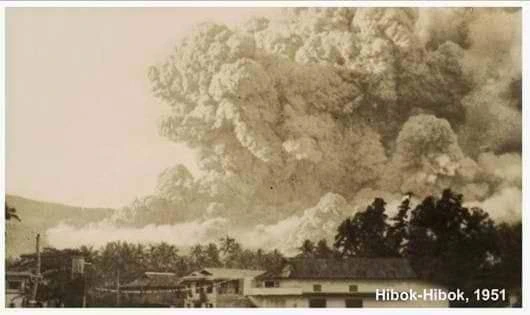
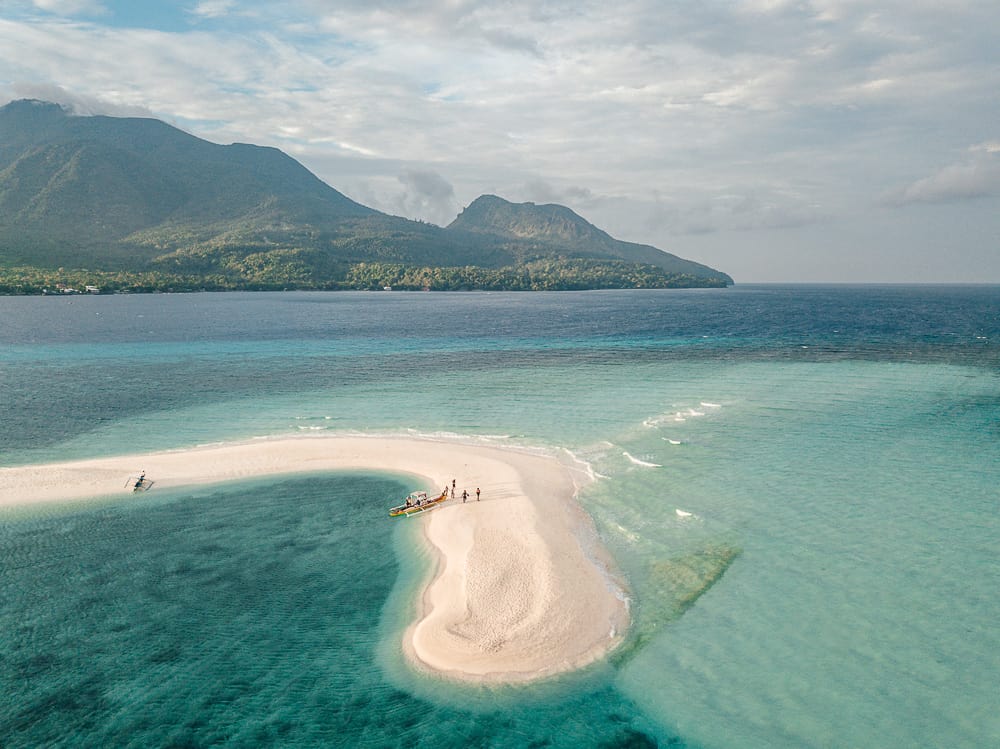
Today, Camiguin Island is one of the country’s top tourist destinations. Tourists also frequently ask about what Camiguin Island is known for. The island is known for its pristine beaches, like the White Island and Mantigue Island.
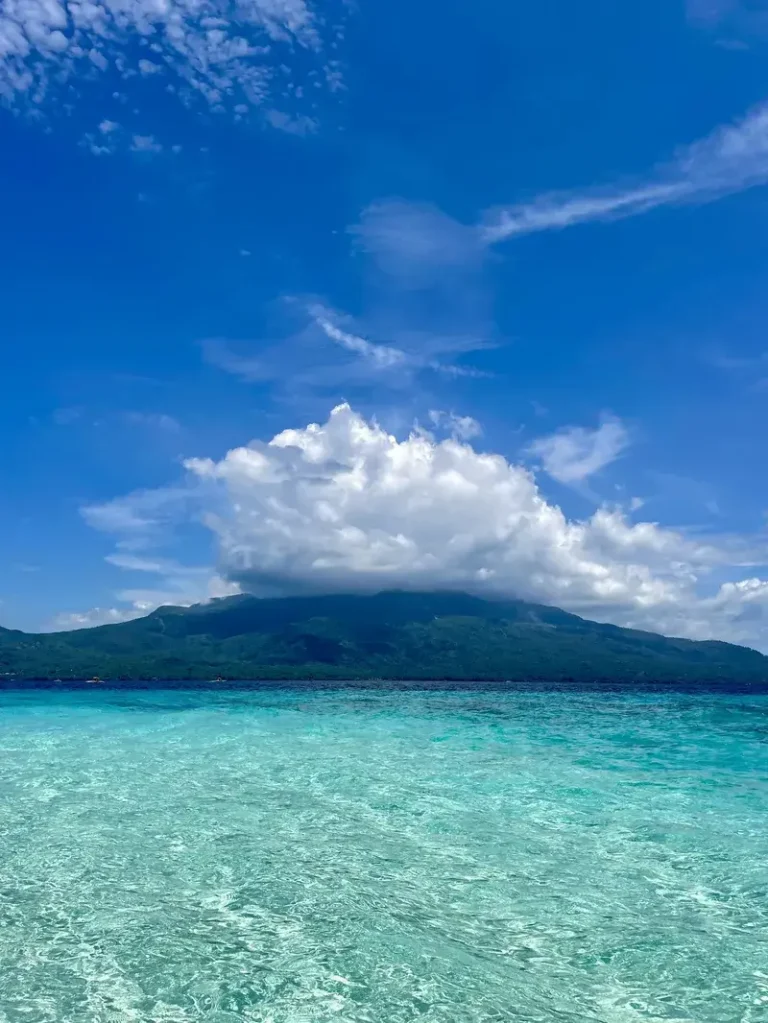
It also features naturally beautiful waterfalls, such as Tuasan Falls and Katibawasan Falls. The island also celebrates the Lanzones festival, held in October to showcase and highlight Camiguin’s culture and traditions.

Hello and welcome! I’m Joshua, a passionate Cebuano writer and storyteller. This blog is where I express myself and share with you the breathtaking beauty of the Philippines, from hidden gems to well-known wonders. Come along and join me on this journey.

The Ultimate 3 Days 2 Nights Camiguin Itinerary 2025 Planning a trip to Camiguin in 2025? This comprehensive 3 Days...
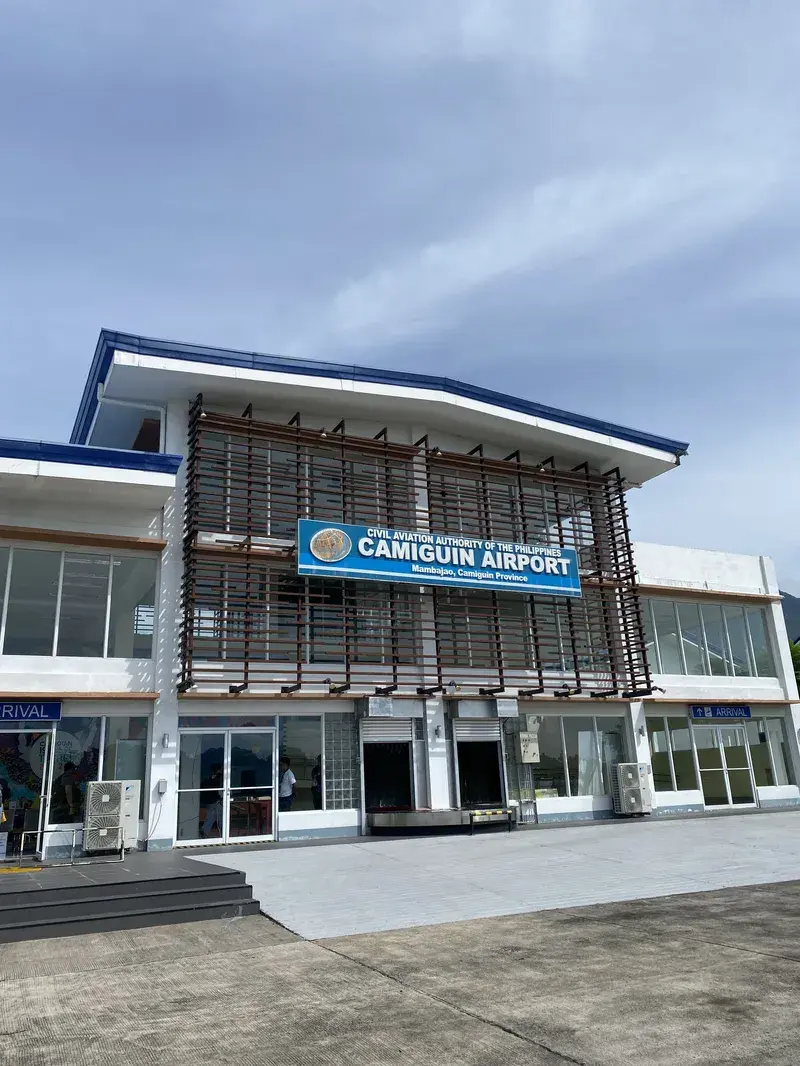
How to Get to Camiguin: Your 2025 Complete Guide Discover Where Camiguin Island is Located Camiguin Island is located in...
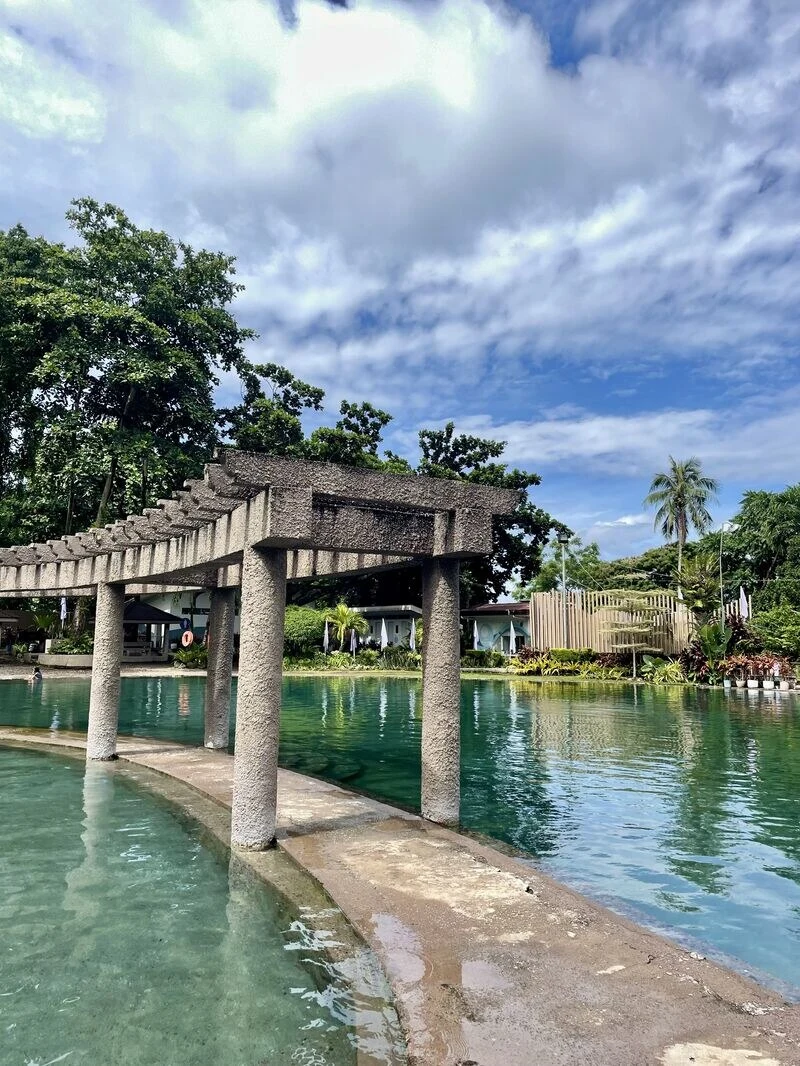
Camiguin’s Bura Soda Water Pool: 2025 Complete Guide Don’t miss the Bura Soda Water Swimming Pool, a unique natural spring...

Camiguin’s Ardent Hot Spring: 2025 Complete Guide If you’re planning a chill day in Camiguin’s, Ardent Hot Spring is a...
© 2025 JOSHUA GOES RANDOM. ALL RIGHTS RESERVED. | SITEMAP